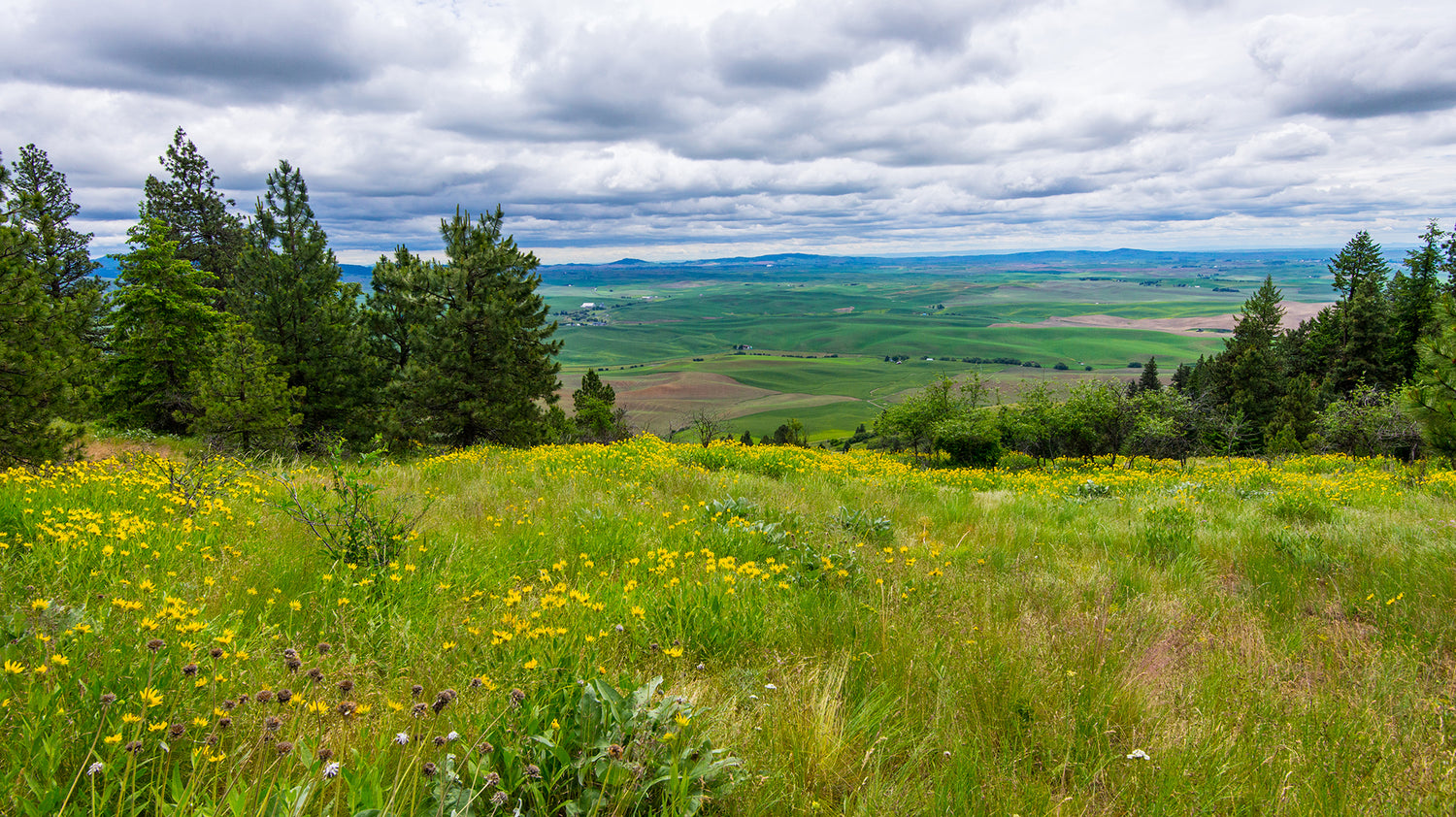Wildflower Planting Tips
Wildflowers can be planted in the fall or early spring. When to plant your wildflowers depends on the site and local weather patterns. Precipitation and temperatures in your area are the biggest factors to consider.
How do you plant wildflowers?
Pick Your Planting Season
Planting in the Spring
In the Pacific Northwest, wildflowers can be sown in early spring if desired. Warming spring weather and adequate precipitation or irrigation will help germination and seedling growth. If precipitation is low after the initial germination your wildflowers will need supplemental watering. Keep the ground moist until the plants are well established.
Planting in the Fall
September-December is the most favorable time to plant your wildflowers. Some species will quickly germinate, allowing a seedling enough time to establish a healthy root system before going dormant during the winter months.
Some species will not germinate until the ground temperature is above 55 degrees F. These seeds will emerge when more favorable conditions exist.
In some areas seeds will remain dormant throughout the fall and germination will begin once spring conditions are right. Check with your local extension agent for the optimum seeding time in your area.
Select a Site
Make sure the area you choose has:
1. Good drainage
2. Adequate precipitation
3. At least eight hours of sunlight each day
Plant Wildflowers
1. Eliminate vegetation which may compete with your wildflowers.
2. Mow any existing vegetation as short as possible and remove the clippings.
3. Rake or lightly till the surface of the soil to a maximum depth of one inch
4. We recommend you mix the seed with a carrier such as corn grit to aid in the even distribution of your seed. For best results mix 1 part seed to 1 part carrier.
5. Broasdcast the seed on the surface and then lightly roll/press into the soil. Don't cover the seed any deeper than 1/2". Sowing too shallow could result in birds eating the seed or the wind blowing it away. Seedling too deeply may result in the seedlings having trouble emerging.
Recommended Planting Rates
For prepared areas
A seeding rate of 10 pounds / acre (approximately 80 seeds per square foot) will provide the minimum seed needed to establish a good wildflower stand if sufficient weed control measures have been taken and the soil has been properly prepared.
For un-prepared areas
A maximum of 22 lbs/acre (approximately 160 seeds per square foot) is recommended if you are unable to prepare the soil and control the weeds prior to sowing your seed. The higher seeding rate is also recommended if you desire a fuller wildflower stand.
For small areas
Broadcast seed at a rate of 1/4 to 1/2 pound per 1,000 square feet.
Tip: Use Grass in Your Wildflower Mix
Most wildflowers do not compete well with grasses. For this reason, we recommend you sow your seed with a non-aggressive bunch grass.
* In cool season areas, Sheep fescue, Hard fescue and Idaho fescue are good companion grasses
* In warm season areas, Little bluestem, Blue grama, or Buffalo grass work well
* Companion grasses should be seeded lightly (a drilled seeding rate of 8-10 lbs/acre).
* If you are hydroseeding or broadcast seeding, double the seeding rate
Regardless of the seeding method used, do not decrease the seeding rate of the wildflower mix.

